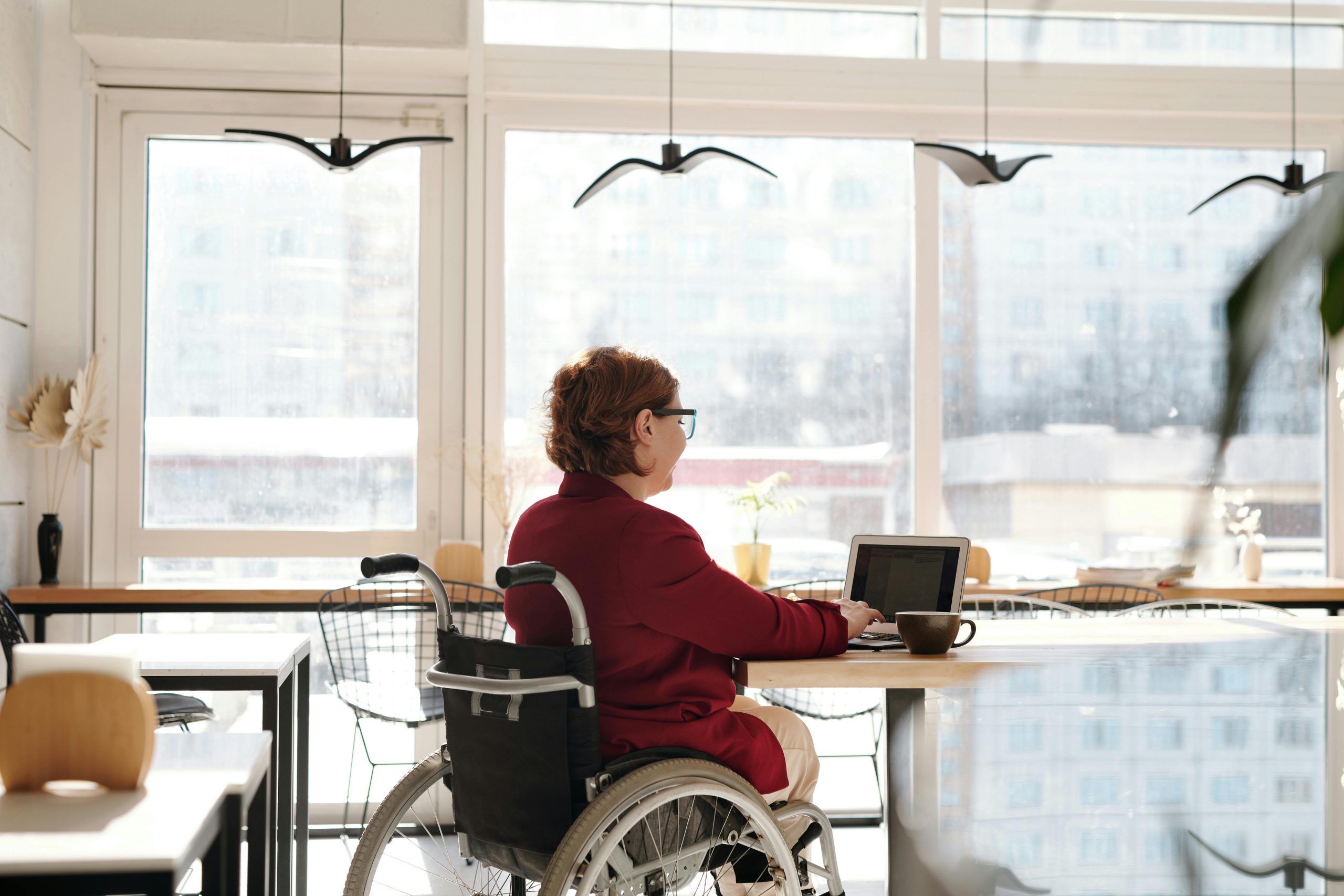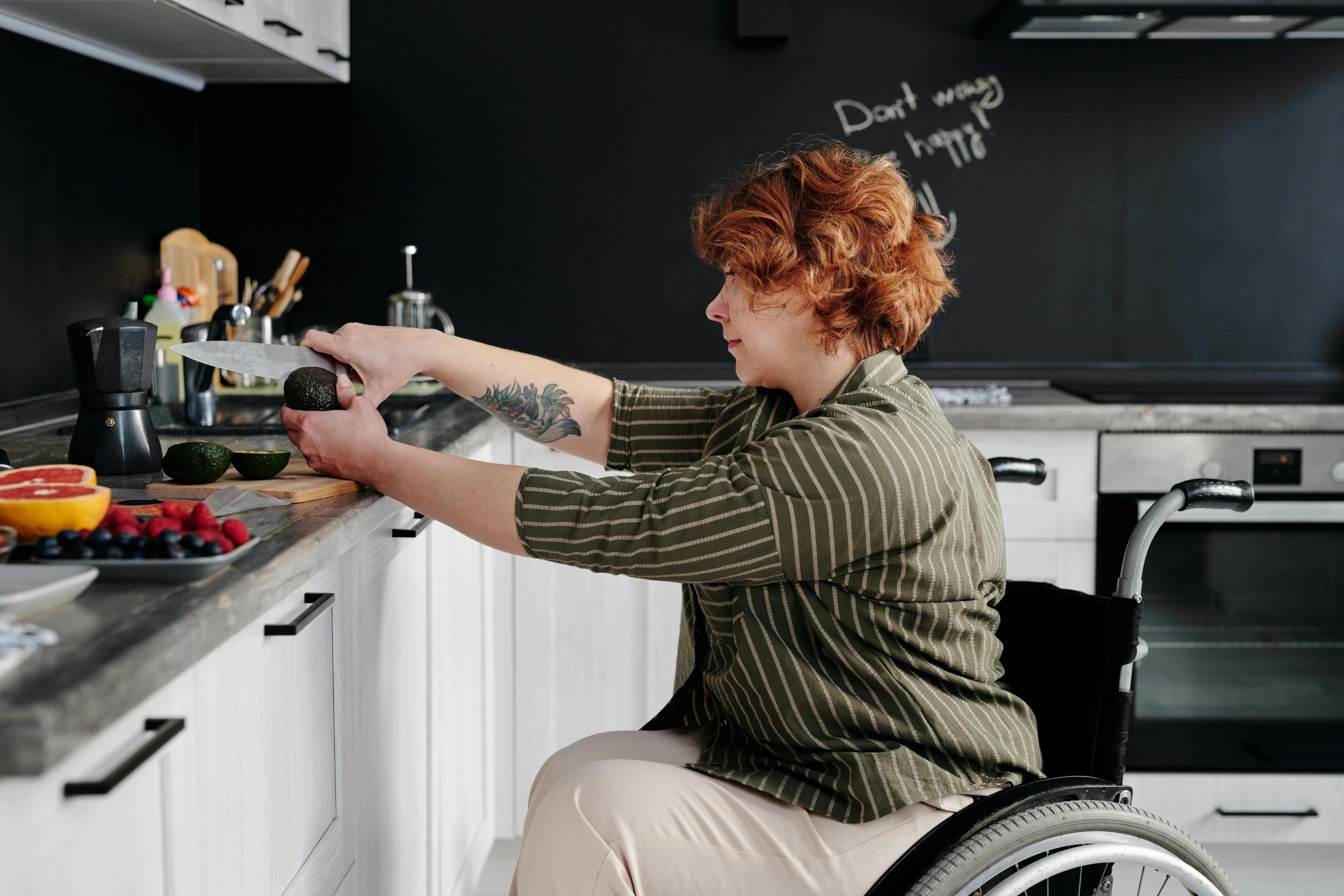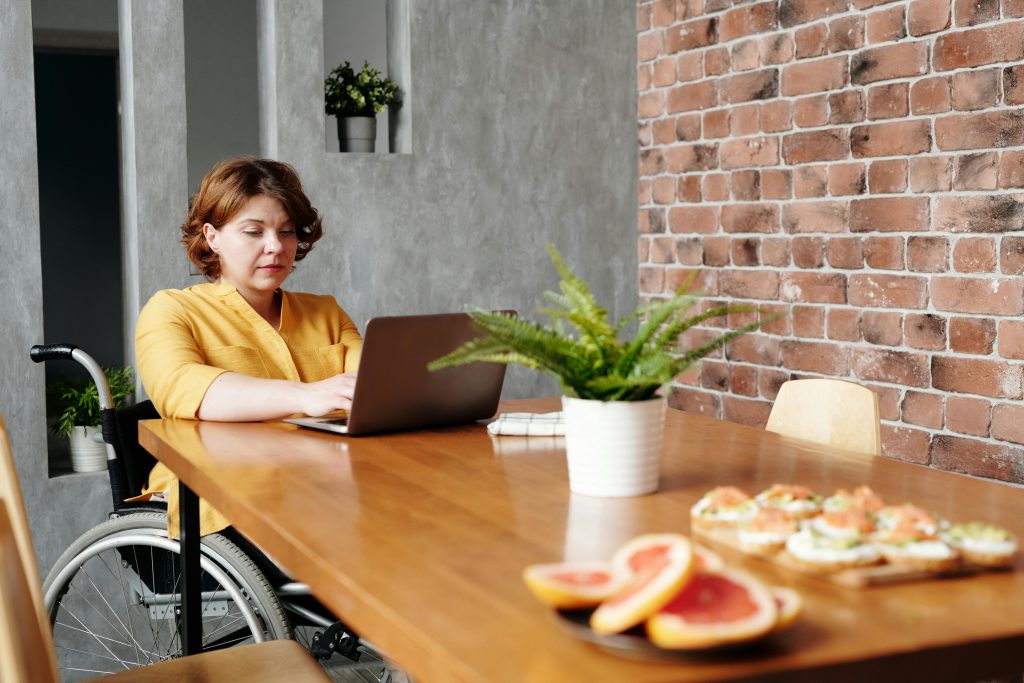- Smart home innovations provide convenience, safety, and independence through voice-activated systems, automated lighting, and customized technologies.
- Assistive devices for seniors and individuals with disabilities enhance daily living, increasing independence through user-friendly smart appliances and systems.
- Emergency response systems are vital for safety. They offer immediate access to help during accidents or health emergencies and provide peace of mind.
- Home adaptations improve life quality by enabling independence, ensuring safety, and creating comfortable, supportive environments for residents.
- The primary objective is designing living spaces that support individual needs and foster comfort, autonomy, and the ability to thrive.
Creating a safe and accessible living environment is crucial for seniors and individuals with disabilities. The challenges they face in navigating their homes can be substantial, but with thoughtful modifications, it’s possible to transform any living space into a haven of comfort, safety, and independence. This comprehensive guide will walk you through assessing home accessibility needs, identifying high-risk areas, and implementing key modifications to enhance home safety.
Assessing Home Accessibility Needs

Understanding each individual’s unique mobility and physical limitations is the first step in making a home more accessible. An in-depth assessment can help pinpoint specific needs, guiding the customization of living spaces to support independence and safety.
Evaluating Mobility and Physical Limitations
Every senior or individual with a disability faces unique challenges. Some may have a limited range of motion, while others might rely on mobility aids like walkers or wheelchairs. Assessing these limitations is essential to determine the types of modifications that will be most beneficial.
Identifying High-Risk Areas in the Home
Common areas of concern include stairs, bathrooms, and kitchens, which are at higher risk for falls or injuries. By identifying high-risk areas, caregivers and homeowners can prioritize modifications to reduce hazards.
Key Modifications to Improve Home Safety
Implementing key modifications throughout the home is essential to enhancing the safety and independence of seniors and individuals with disabilities. These changes can range from simple adjustments to more extensive renovations aimed at creating an environment that supports ease of movement, accessibility, and daily living activities. This section will cover various modifications, offering practical solutions and tips to effectively address the most common safety concerns in the home.
Enhancing Bathroom Safety
The bathroom is often the most dangerous room in the home for seniors and individuals with disabilities. Implementing at-home bathroom aids can significantly reduce the risk of falls and injuries. Grab bars, non-slip mats, and shower seats are essential additions. For those with more significant mobility limitations, walk-in tubs and showers designed for wheelchair access can provide greater safety and independence.
Making Kitchens More Accessible

Modifying kitchens to accommodate limited mobility can involve lowering countertops and cabinets, installing pull-out shelves, and ensuring that appliances are easily accessible. These adjustments allow individuals to prepare meals and perform kitchen tasks more easily and safely.
Bedroom Adjustments
Comfort and ease of access are paramount in the bedroom. Adjustable beds can aid in getting in and out of bed. At the same time, accessible storage solutions, such as lower drawers and open shelving, can make clothing and personal items easier to reach.
Streamlining Hallways and Entryways
Wide, clutter-free hallways and entryways, equipped with ramps and handrails where necessary, ensure safe and easy movement throughout the home. These modifications can significantly promote independence.
Living Room Layout and Furniture
In the living room, accessible seating arrangements, easy-to-use remote control systems, and non-slip flooring can create a comfortable and safe environment for relaxation and socializing.
Technology and Smart Home Solutions
As technology advances, integrating smart home solutions can greatly enhance the quality of life for seniors and individuals with disabilities. These innovations offer convenience and a new level of safety and independence.
From voice-activated assistants to automated lighting and security systems, smart home technologies can be customized to meet the unique needs of each individual. By embracing these modern tools, daily tasks become more manageable, and the overall living environment becomes more responsive and supportive to the needs of all residents.
Assistive Technology for Daily Living
Technological advancements have introduced a range of assistive devices that enhance daily living for seniors and individuals with disabilities. Voice-activated systems, automated lighting, and smart appliances can significantly increase independence and ease of living.
Emergency Response Systems
Emergency response systems are critical to a safe home environment. They provide immediate access to assistance in the event of an accident or health emergency. These systems can be life-saving and offer the individual and their caregivers peace of mind.
Closing Thoughts
Adapting home environments to meet the needs of seniors and individuals with disabilities is not just about safety; it’s about enabling independence and improving the quality of life. With the right modifications and assistive technologies, homes can become places of comfort, safety, and autonomy. Remember, the goal is to create a living space that supports the individual’s needs and allows them to thrive in their environment.

